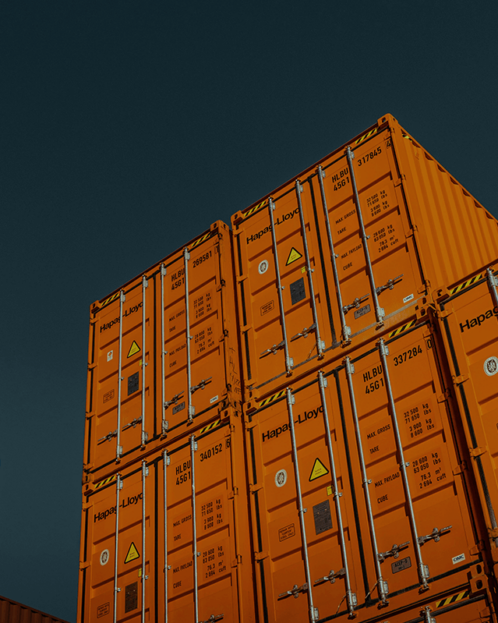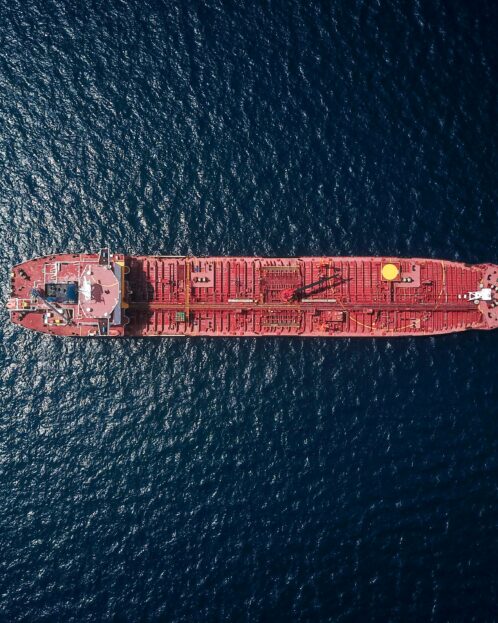07 August 2025
Background
Access to safe drinking water is a critical determinant of public health, economic productivity, and social equity. In Australia, the Australian Drinking Water Guidelines (ADWG) provide a national framework for managing water quality, yet persistent service gaps remain — particularly in rural, remote, and Indigenous communities. These gaps result in recurring boil water advisories, reliance on bottled water, and increased consumption of sugar-sweetened beverages, all of which carry significant but underexamined economic and social costs.
Despite the availability of general cost-benefit analysis (CBA) guidance from Infrastructure Australia and state treasuries, these frameworks do not explicitly account for the unique costs and benefits associated with drinking water quality improvements. As a result, investment decisions may undervalue the full impact of water infrastructure and service-based solutions, contributing to underinvestment in communities where the need is greatest. In response to this gap, NineSquared developed a tailored CBA framework designed to support more accurate and equitable appraisal of drinking water investments.
The framework
We developed a structured cost-benefit framework that could be applied to drinking water quality interventions, particularly in regional and remote contexts. The framework identifies a comprehensive set of cost and benefit categories and outlines practical methods for their quantification and monetisation, drawing on both market and non-market valuation techniques.
Key benefit categories include:
- Time savings from reduced water collection and boiling.
- Avoided health costs from waterborne and diet-related illnesses.
- Reduced reliance on sugar-sweetened beverages due to improved water taste and safety.
- Avoided capital and operating costs for households and councils.
- Reduced administrative burden for water utilities and health authorities.
- Environmental impacts, including greenhouse gas emissions.
- Improved equity, recognising the disproportionate burden borne by First Nations and remote communities.
- Residual asset value, where applicable.
To ensure applicability in data-poor environments, the framework incorporates a flexible hierarchy of valuation methods — including market pricing, revealed and stated preference techniques, benefit transfer, and qualitative assessment. This approach allows for rigorous analysis while accommodating practical constraints faced by regional and remote service providers.
The framework also introduces a structured approach to defining the base case and project options, ensuring that all relevant differences between scenarios are captured. This includes forecasting the persistence of water quality issues in the absence of intervention and estimating the scope and effectiveness of proposed solutions.
Importantly, the framework is not intended to justify inaction where benefit-cost ratios fall below one. Rather, it provides policymakers with a tool to prioritise investments, compare intervention options, and ensure that the full value of safe drinking water is recognised in public decision-making.
Learn More
Explore how NineSquared supports governments and utilities to making better infrastructure decisions using cost benefit analysis.
Learn more about NineSquared’s work in the water sector.
Connect with our team
Contact




 Discover more Insights
Discover more Insights